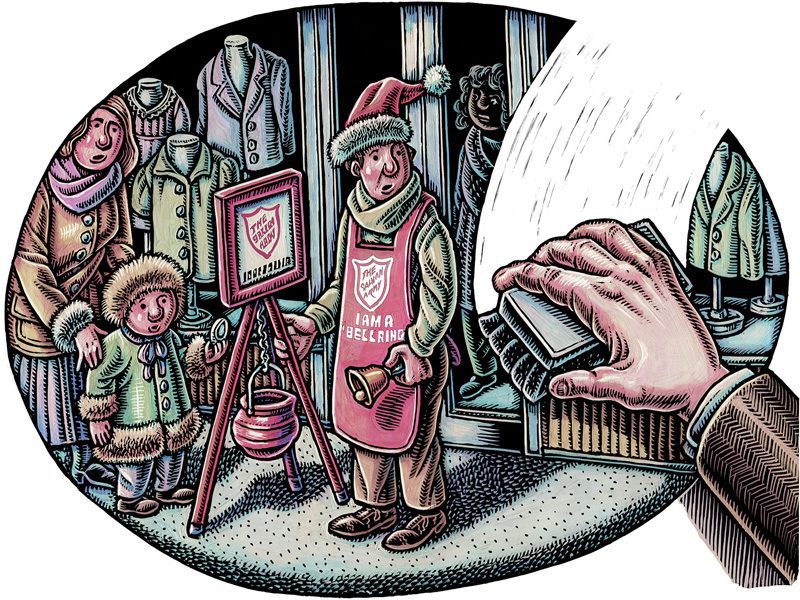By Kelly Pontsler, Major
You can’t fake good soil, or so it seems. I would love to be able to declare this as a result of an abundance of personal experience planting seeds and harvesting crops, but alas, my green thumb is more likely the result of dipping it in some guacamole or broccoli soup. Nonetheless, I’m intrigued.
For as long as I can remember, I have fallen asleep at night to the radio. My mind doesn’t shut down easily after a busy day, and (for some unexplainable reason) talk radio becomes a bit of white noise that shifts my thoughts and sends me quickly to sleep. If I wake up in the middle of the night, a quick punch of the snooze button gives me 59 minutes of noise in the background and usually I’m out again in a matter of minutes.
And so it happened the other night that I learned a little bit about soil. Well, more accurately, I learned a little bit about carrots and how to grow them. As I rolled over in the wee dark hours of the morning, I punched the snooze button and caught the end of a BBC gardening show and listened in as several expert gardeners responded to the questions of the amateurs (I was about to write “novices,” but most of them had been at it for a very long time!).
One gentleman had been attempting to grow carrots for 30 years. He had studied and adapted his technique; he knew what he was aiming for, but something just wasn’t working. And so his question was a simple one: “How can I get carrots to grow in my garden?” One expert gardener began to ask questions in return, having the man describe his setting and his attempts. Carrots, he explained, need a sandy kind of soil, nothing with too much clay in it. That seemed to be fine. Growing them in clumps may not produce good results (the expert explained); planting them in a line is probably better. That, too, seemed to be fine. Finally, the expert asked the man to describe the process of how he plants his carrots. And that was it—the “aha” moment.
The man explained how he carefully digs a trench through the soil, fills it with a thick layer of fertilizer and plants the carrot seeds in a line. The expert paused, then exhaled a long “aahhh.” That thick layer of fertilizer was (in fact) having the opposite effect of what was desired. Carrots need to push their feathery green tops up and out into the sunshine (which they can’t do being packed down too far below the surface) while at the same time stretching their roots down into the soil to reach the good nutrients way down below (which they won’t do when they are surrounded by a trench of fertilizer). The result? Stubby inedible carrots.
You can’t fake good soil, I thought to myself. A layer of the good stuff on top may not reveal the true condition of the soil down below, and it is the condition of the soil down below that matters most. And it doesn’t just apply to carrots.
Jesus talked about seeds and soil and a sower. As the gardener scattered his seeds, some of it landed on the walking path, and just got trampled by passersby. Some of it fell into the thorny part of the garden and got choked out by other plants. Some seeds fell on the stones and rocks, missing the dirt completely and were an easy target for the birds. But some of the seed made it to good soil, took root, grew deep and tall, and produced an abundant yield. Nothing can substitute for good soil.
I have a feeling that the carrot gardener will have an improved crop this coming season. It’s all about the soil!










